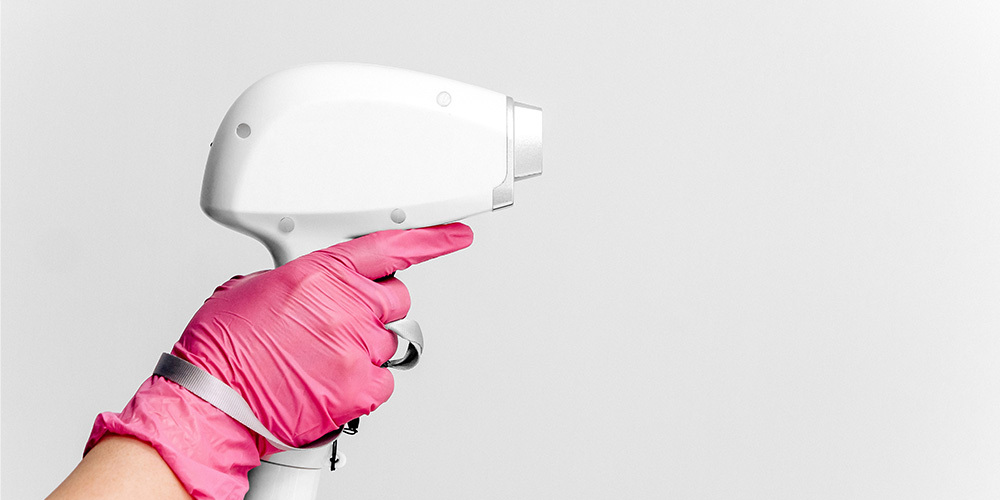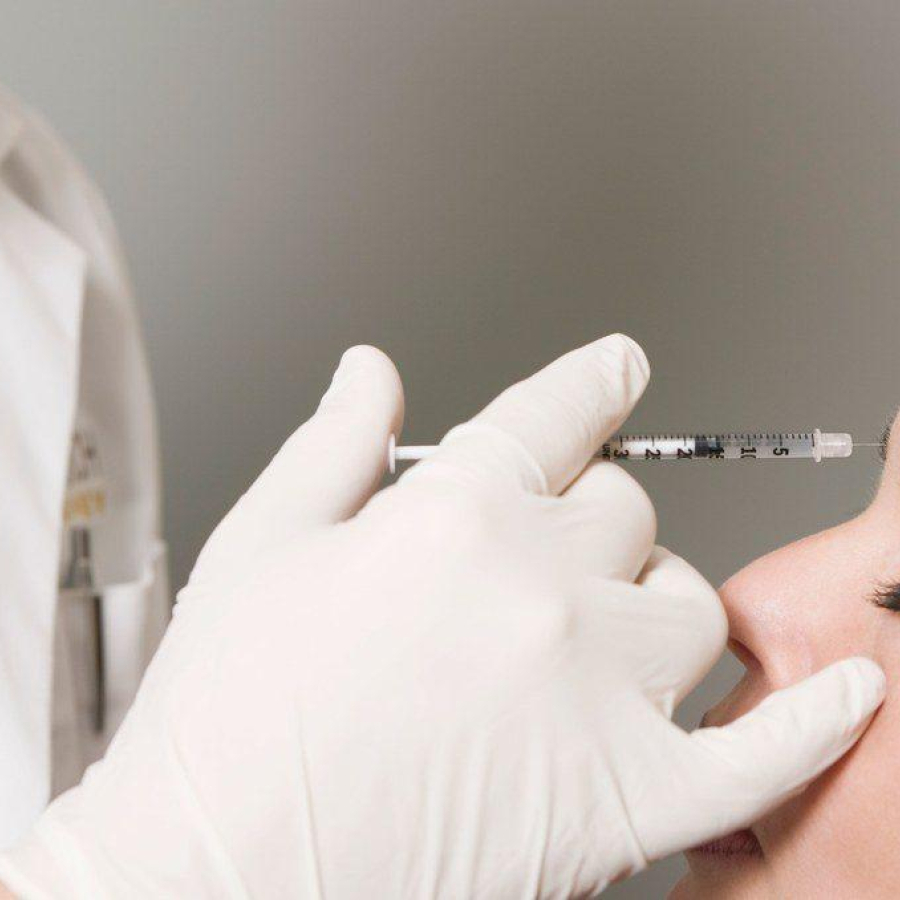
Legal
Second California Law That Affects MSOs Passes
California has now passed two laws that will have an effect on how investors, health care entities and management services ...
Posted By Madilyn Moeller, Tuesday, November 14, 2023

By Patrick O’Brien, JD
The state of New York is unique in the nation as being the only state that does not regulate laser hair removal (LHR). This means that anyone who wants to run an LHR business and fire an LHR laser can. No training, skill or education is needed at all. No board or agency oversees the businesses, unlike if they were barbershops, nail salons or doctor’s offices.
For several years, the New York State Legislature has tried to change this situation and create a LHR licensing and regulation structure. So far, the legislature has been unsuccessful. Here is a look into the history of some of those efforts, where the situation may lead—and why you should care.
Before we get too far into the weeds, and hopefully before you flip the page thinking, “I don’t care—I’m not in New York,” here is an argument for why you should keep reading: The highways are filled with bad, distracted and dangerous drivers, and that’s with every one of them having passed a licensing test. Now, imagine your commute if people didn’t have to demonstrate even that basic level of competency before hopping in a car. Regulations can be frustrating, but, in many areas of life, we need some regulated standard. To bring this back to the aesthetic medical industry, the more often injuries, complications or bad outcomes appear in the news or become the “common impression,” the more the reputations of other aesthetic practices are indirectly tarnished. Running a successful business is hard enough on its own; it becomes a real uphill battle when you must explain to potential patients that, “No, it doesn’t only cause injuries, burns, etc.” and, in fact, your practice and the treatments are very safe and effective. The industry already suffers from illegally practicing, self-taught, unlicensed injectors who have never even heard the word “occlusion.” Now, imagine if that practice was completely legal: Would the public feel confident about walking into your practice the first time?
All other states treat LHR as part of the practice of medicine. Most of those states don’t have a specific law regarding LHR; instead, the treatment is included automatically within the “practice of medicine” definition.
Why is New York different? Because of an old court case and legal precedent. In the 1930s, a court heard a case regarding electrolysis and whether it constituted the practice of medicine. After analyzing New York’s definition of medicine, the court concluded that the state legislature would not have intended for barbers shaving a face or a manicurist cutting nails as “practicing medicine.” Therefore, they concluded, simply removing hair, by electrolysis in this case, cannot be considered practicing medicine either. This principle has subsequently been applied to other “novel” methods of removing hair, including LHR.
Lawyers and judges aren’t the most knowledgeable group when it comes to biology and medicine today, much less 90 years ago. If the treatments were described as killing the tissue that makes up the hair follicle instead of just “removing hair,” would we have this situation today? Likely not. But we don’t live in that alternate timeline and, instead, we have a New York that has less regulation for LHR than it does for getting a shave.
While LHR remains unregulated today, that does not mean that efforts haven’t been made to change this situation. Every year for the last several legislative sessions, bills have been introduced in both the senate and general assembly that would create a LHR licensing structure. They each vary slightly in their details but, in general, would create a new license under Appearance Enhancement, similar to estheticians, cosmetologists or nail technicians. The bills would require that there be a medical supervisor for each LHR facility and that LHR technicians meet basic education and training requirements. This would make New York similar to a number of other states—such as Texas, Florida, Ohio and Georgia—that license non-medical practitioners for LHR but require some level of medical oversight in the process. The opposition appears to be on both sides of the issue: Some don’t want any change to the status quo, while others feel that LHR should be tightly regulated as a medical-only treatment. So far, no bill has gained enough support for the “middle ground” solution. This year was no different: Senate Bill S3607 made it out of the senate and into the assembly, but it failed to advance further before the sessions ended for the year.
Is New York stuck in this limbo of recognizing it needs LHR rules but being unable to actually agree on them? The last five years would certainly give that impression, but it is possible some outside force or event could disrupt this balance. Until a few years ago, Virginia was the only other state to not regulate LHR. That state ended up passing regulations but, unfortunately, it took a very public and salacious patient injury story to garner enough public sentiment to pass an LHR law. You may recall a story from some years back that involved a patient receiving some serious burns and welts as a result of a LHR treatment, with the big, attention-grabbing hook that the treatment was performed by the spa’s janitor. The truth was more complicated, but this story created the impression that spas were simply letting anyone fire lasers at people with no concern for training or safety. That is a reputation that certainly doesn’t help the industry. The law Virginia ended up adopting required that people who perform LHR do so with proper training and under the supervision and direction of a licensed medical professional. Very similar requirements are present in most states.
It isn’t possible to measure the harm that one story did to the Virginia LHR industry. However, we can safely say that they would have been better off adopting some reasonable regulation before any attention-grabbing “horror” story came to light. Likewise, New York would be better off adopting some LHR regulatory measure before they have their own “laser janitor” story. By setting a minimum standard that all LHR businesses meet, you lay the foundation for a bigger, more respected and accepted industry. This is not just true for LHR but also for all aesthetic medical practices. “Bad actors” don’t just reflect badly on themselves. AmSpa says, “compliance is cool,” and it is: If a business cuts corners and doesn’t take compliance seriously, where else are they cutting corners? On training? Supervision? Safety? And if one business that we know about is like that, how many are there that we aren’t aware of?
The thing about a bad reputation is that you won’t know about it until it’s too late. People won’t tell you they have “safety concerns” or know someone who had a complication: They just won’t show up. People will talk to their friends, saying things like, “Oh, you’re going there? I heard some bad things,” and people will find alternatives. If your business or industry has a poor public image, you have a smaller pool of potential patients to draw from, and your advertising efforts won’t be as effective or successful. There will just be less. And fixing that image is orders of magnitude harder than building and maintaining one over time.
We’ll see in the future if New York adopts rules for LHR. But in the meantime, everybody in the aesthetics industry should take pride in their training, skill and compliance, and really make it the foundation of their brand.
Patrick O’Brien, JD, grew up in West Texas loving the outdoors and scouting, earning the rank of Eagle Scout. After attending Southwestern University, he worked in margin trading with a major investment brokerage. He returned to school and earned a law degree from Southern Methodist University. He brings his legal training and business acumen to AmSpa to help members keep up with legislative changes.
AmSpa Members receive QP every quarter. Learn how to become a member and get the latest on aesthetics regulations delivered straight to your mailbox.
Related Tags
Medical spa news, blogs and updates sent directly to your inbox.

Legal
California has now passed two laws that will have an effect on how investors, health care entities and management services ...

Legal
A newly passed law in California will prohibit certain contractual provisions between medical and dental practices and private equity groups ...

Legal
By Patrick O'Brien, General Counsel, American Med Spa Association (AmSpa)The September bulletin from the Texas Medical Board (TMB) helps to ...

Legal
By Patrick O’Brien, General Counsel, American Med Spa AssociationOn September 23, 2025, the Alabama Board of Medical Examiners (BME) issued ...